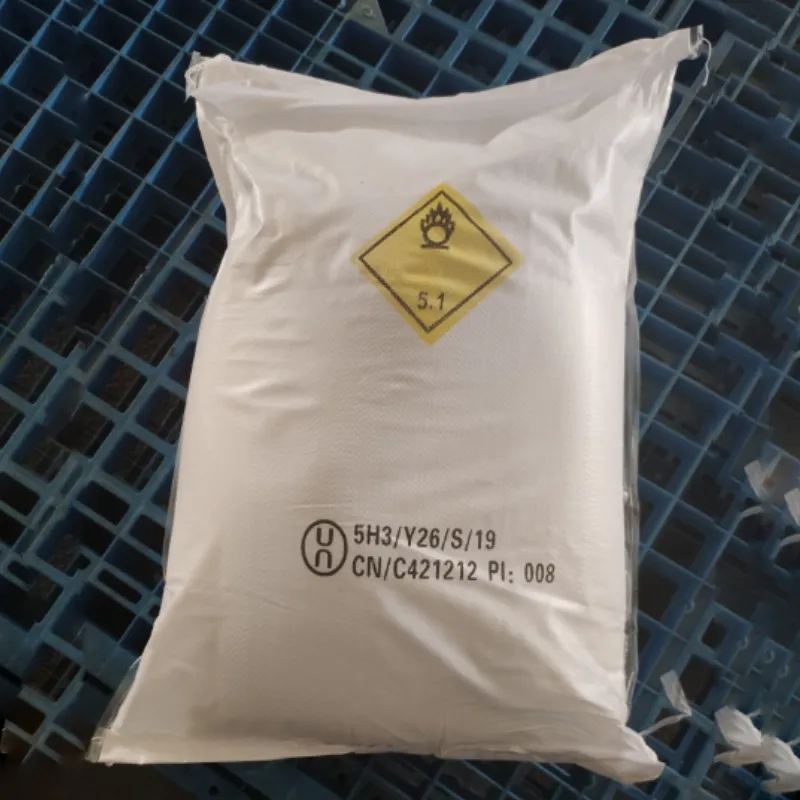
Understanding E160c Food Additive and Its Uses in Food Products
The Role and Impact of E160c Food Additive An Overview
Food additives play a significant role in the modern food industry, enhancing the appearance, taste, and shelf life of products. One such additive is E160c, also known as paprika extract or capsanthin. This natural colorant is derived from the red fruit of the Capsicum annuum plant, commonly known as sweet pepper or paprika. Recognized for its vibrant red hue, E160c is widely used in various food products, from snacks and sauces to dairy products and processed meats.
The Role and Impact of E160c Food Additive An Overview
The use of E160c in food products is regulated by food safety authorities across the globe. In the European Union, for instance, E160c is classified as a natural food additive and is generally recognized as safe when consumed within established limits. Nevertheless, the safety of food additives is a subject of ongoing research and debate. Consumers are increasingly aware of what they ingest, leading to a demand for transparency and clean label products. This trend has encouraged food manufacturers to explore natural colorants like E160c as substitutes for artificial colors, which can be viewed negatively due to their chemical composition.
e160c food additive

In addition to being a natural colorant, E160c can influence consumer perception and purchasing decisions. An appealing color can make food products more appetizing and increase their marketability. For instance, snacks with a bright red hue can evoke a sense of freshness and flavor, potentially leading to higher sales. This psychological aspect of food marketing underscores the importance of color in consumer behavior and product presentation.
However, the application of E160c is not without challenges. The stability of natural colorants can vary depending on factors such as pH, temperature, and exposure to light. E160c, for instance, is sensitive to heat and can lose its vibrant color during food processing or cooking. Therefore, manufacturers must carefully consider these factors when formulating products to ensure that the color remains vibrant and appealing to consumers.
Furthermore, while E160c is associated with numerous health benefits, it is crucial for consumers to consume it within a balanced diet. Moderation is key, as excessive consumption of any additive, even those derived from natural sources, can lead to adverse effects. Awareness and education about food additives are essential for consumers to make informed choices about their diets.
In conclusion, E160c serves as an example of the evolving landscape of food additives. Its natural origins, health benefits, and market appeal position it as a favorable option for both manufacturers and consumers. As the demand for natural and safe food additives continues to rise, E160c is likely to play a crucial role in the development of future food products. By balancing functionality, safety, and consumer preferences, we can appreciate the contributions of E160c to the culinary world while promoting healthy eating habits.
-
Sodium Dichloroisocyanurate Safety Handling ProtocolsNewsJul.29,2025
-
Mining Chemicals for Copper Extraction Processes GuideNewsJul.29,2025
-
Fertilizer for Sale Shipping and Storage TipsNewsJul.29,2025
-
Dimethyl Disulfide as Sulfurizing AgentNewsJul.29,2025
-
Benzotriazole Safety Data Handling and Storage GuidelinesNewsJul.29,2025
-
Ammonium Bicarbonate Safety Handling Storage GuidelinesNewsJul.29,2025
-
The Transformative Role Of Trichloroisocyanuric Acid in Water TreatmentNewsJul.23,2025
Hebei Tenger Chemical Technology Co., Ltd. focuses on the chemical industry and is committed to the export service of chemical raw materials.
-

view more DiethanolisopropanolamineIn the ever-growing field of chemical solutions, diethanolisopropanolamine (DEIPA) stands out as a versatile and important compound. Due to its unique chemical structure and properties, DEIPA is of interest to various industries including construction, personal care, and agriculture. -

view more TriisopropanolamineTriisopropanolamine (TIPA) alkanol amine substance, is a kind of alcohol amine compound with amino and alcohol hydroxyl, and because of its molecules contains both amino and hydroxyl. -

view more Tetramethyl Thiuram DisulfideTetramethyl thiuram disulfide, also known as TMTD, is a white to light-yellow powder with a distinct sulfur-like odor. It is soluble in organic solvents such as benzene, acetone, and ethyl acetate, making it highly versatile for use in different formulations. TMTD is known for its excellent vulcanization acceleration properties, which makes it a key ingredient in the production of rubber products. Additionally, it acts as an effective fungicide and bactericide, making it valuable in agricultural applications. Its high purity and stability ensure consistent performance, making it a preferred choice for manufacturers across various industries.











